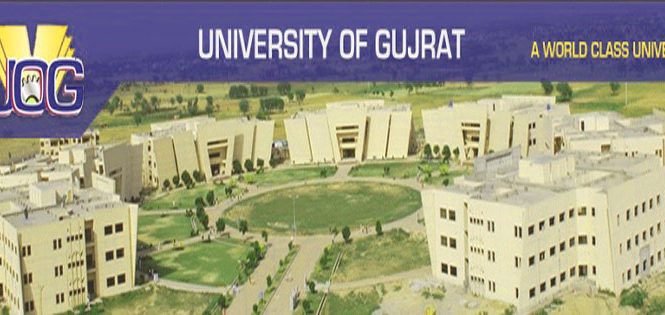M Phil Mass Communication important eBooks Dear Students of M Phil Mass Communication , University of Gujrat, Pakistan. Students of M Phil Mass Communication have to explore a variety of subjects and topics. It is not possible to buy books for every topic so teachers have prepared notes and other helping study material for students on different topics. It is commonly quite difficult and hassle for lecturer to share notes as well as for students to get the notes and other study material. You will always find a huge students’ rush on photocopier shop to get notes. Now masscommunicationtalk.com has maintained almost all the notes and study material for M Phil Mass Communication students. You can explore all the notes and study material online here. You can explore already uploaded notes as well as you can add your own notes. If you have developed your own notes or you wanted to […]
OVERVIEW OF NORMATIVE THEORIES OF MASS COMMUNICATION
OVERVIEW OF NORMATIVE THEORIES OF MASS COMMUNICATION During the era of yellow journalism, most media professionals cared very little for the niceties of accuracy, objectivity, and public sensitivities. But in the first decades of the twentieth century, a crusade began among some media industry people and various social elites to clean up the media and make them more respectable and credible. The watchword of this crusade was professionalism, and its goal was elimination of shoddy and irresponsible content. Some sort of theory was needed to guide this task of media reform. The goal of this theory would be to answer questions such as these: • Should media do something more than merely distribute whatever content will earn them the greatest profits in the shortest time? • Are there some essential public services that media should provide even if no immediate profits can be earned? • Should media become involved in […]
NORMATIVE THEORIES OF MASS MEDIA COMMUNICATION (Introduction)
NORMATIVE THEORIES OF MASS COMMUNICATION (Introduction) At around half past nine on the morning of April 16, 2007, a deranged young man gunned down two students in a dormitory at Virginia Tech University. He would later that day use his automatic weapons to kill thirty more people on that idyllic campus. Between the two attacks, however, the shooter took the time to mail a package to NBC News. Arriving at the broadcast network’s New York headquarters at eleven in the morning two days later, the parcel included a twentyfive- minute self-made videotape and forty-three photographs. Accompanying these visuals, all featuring the angry, gun- and knife-wielding murderer, was a twentythree- page manifesto. The network debated what to do with this material. By six o’clock that night, the regularly scheduled start of its evening national news program, NBC’s news professionals had made their decision. That night’s coverage of the rampage included two […]
MODERN PROPAGANDA THEORY
MODERN PROPAGANDA THEORY Consider the Hippler and Sproule characterizations of propaganda from earlier in this chapter: simplify a complex issue and repeat that simplification; use covert, massively orchestrated communication; and use tricky language to discourage reflective thought. Some contemporary critical theorists argue that propaganda conforming to these rules is alive and well today and that it is practiced with a stealth, sophistication, and effectiveness unparalleled in history. They point to a number of “natural beliefs” that have been so well propagandized that meaningful public discourse about them has become difficult if not impossible. Political discourse and advertising are frequent areas of modern propaganda study, and the central argument of this modern propaganda theory is that powerful elites so thoroughly control the mass media and their content that they have little trouble imposing their Truth on the culture. Close your eyes and think welfare. Did you envision large corporations accepting government […]
REACTION AGAINST EARLY PROPAGANDA THEORY
Lasswell and Lippmann’s propaganda theories seemed to carry the weight of realworld proof—the globe had been engulfed by a devastating world war, The War to End All Wars in fact, yet global turmoil continued to rage. These conflicts were infused with sophisticated and apparently successful propaganda. Yet there was opposition. One prominent critic of propaganda theory was philosopher John Dewey. In a series of lectures (Dewey, 1927), he outlined his objections to Lippmann’s views. Throughout his long career, Dewey was a tireless and prolific defender of public education as the most effective means of defending democracy against totalitarianism. He refused to accept the need for a technocracy that would use scientific methods to protect people from themselves. Rather, he argued that people could learn to defend themselves if they were only taught the correct defenses. He asserted that even rudimentary public education could enable people to resist propaganda methods. Dewey […]
EFFECTS OF ELECTRONIC MEDIA ON PAKISTANI SOCIETY
Effect OF ELECTRONIC MEDIA ON PAKISTANI SOCIETY “Media is all the more intense then atomic gadgets” I accept above quote merits taking. Jawed Jabbar who worked for PEMRA has cited well. The electronic media has touched each circle of the human viewpoint. In the present times, data and innovation are entwined with the general public’s financial advance. The development of electronic media has overwhelmingly affected the general public. The Opportunities of correspondence have broken all obstructions crosswise over national limits and have prompted the germination of new thoughts through the cross fertilization of societies. The part of media particularly the electronic media in Pakistani society is tri-dimensional; that is advising people in general, teaching the unknowledgeable and giving amusement. It can be named as Fourth mainstay of the state. It has recorded enormous development in a restricted era in Pakistan. The electronic media in Pakistan has gained fast ground. Just […]
